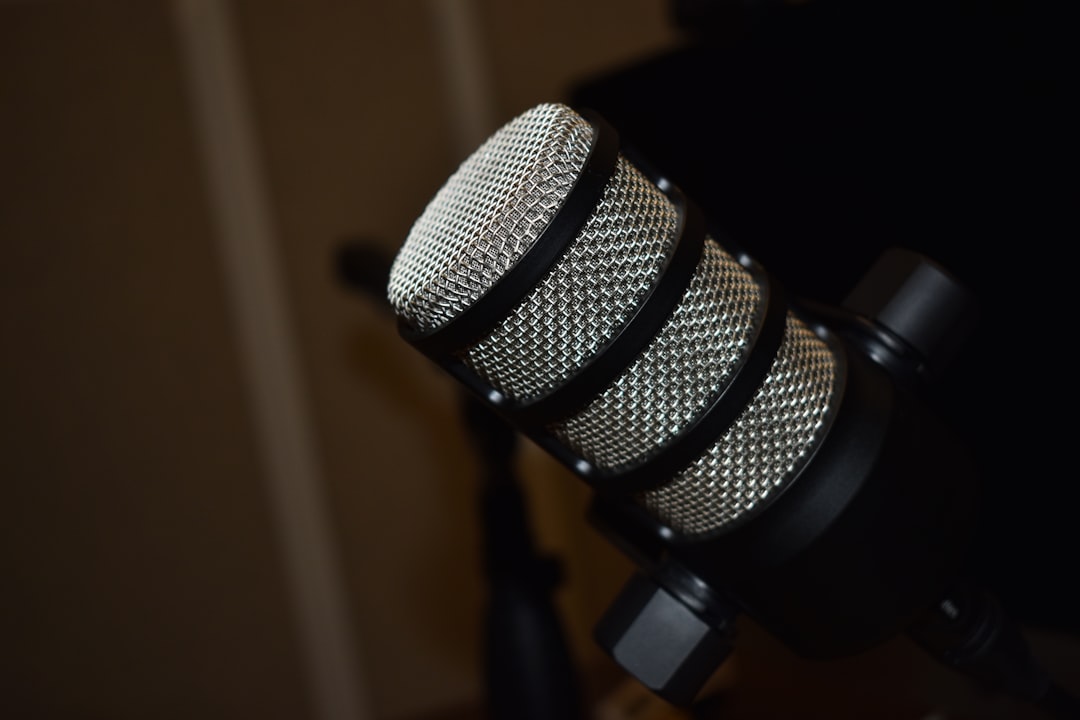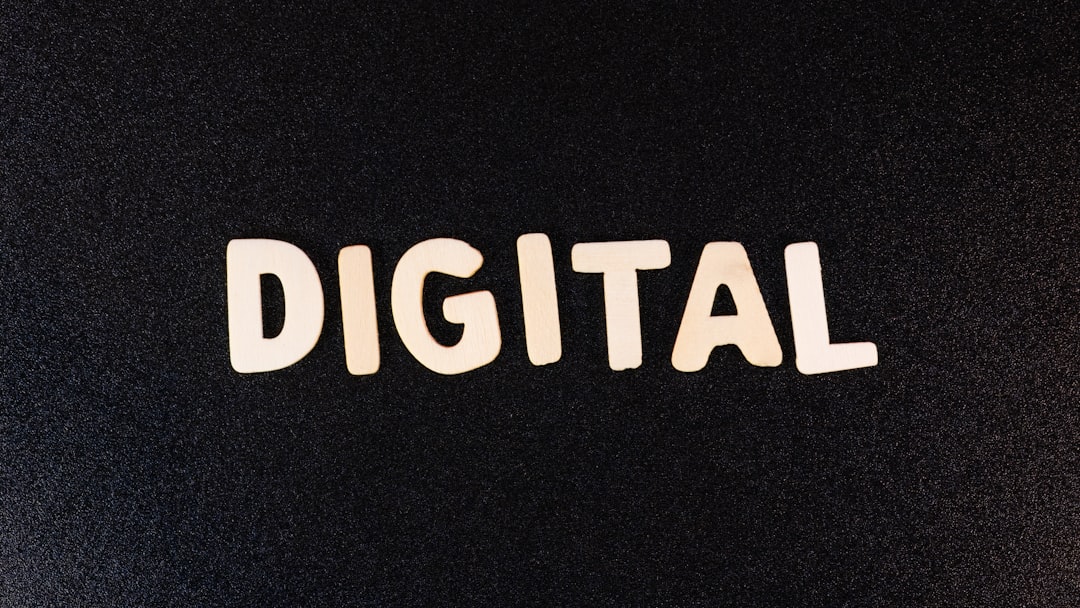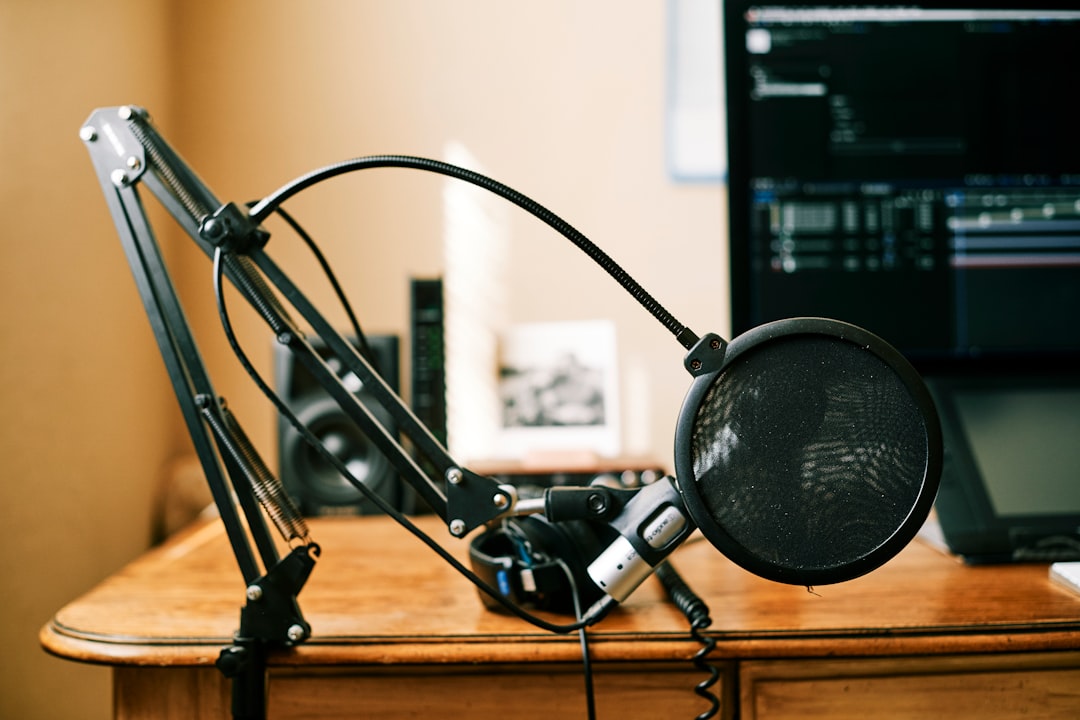How I Use Voice Memos to Capture Fleeting Ideas.
Every creative person, entrepreneur, or even just someone trying to remember their grocery list knows the feeling: a brilliant idea sparks in your mind, a sudden insight, a perfect turn of phrase – and then, just as quickly, it’s gone. Poof. Vanished into the ether, leaving you frustrated and scrambling to recall what felt so clear just moments ago. For years, I struggled with this exact problem. I tried carrying notebooks, typing quick notes into my phone, even emailing myself snippets of thought. But nothing truly clicked. That is, until I discovered the profound simplicity and power of using voice memos. This isn’t just about recording sound; it’s about creating an immediate, friction-free conduit between my brain and a reliable capture system, ensuring those precious, fleeting ideas are never lost again.
My Brain’s Unfiltered Stream: Why Voice Memos Are My Idea Sanctuary
For me, the act of typing or writing creates a subtle but significant barrier to pure ideation. My thoughts often flow faster than my fingers can move, and the very process of translating an abstract concept into written words can interrupt the delicate neural pathway of inspiration. It’s like trying to catch smoke in a net – the moment you try to contain it, its form changes.
Voice memos, however, bypass this bottleneck entirely. When an idea strikes, I can simply open my phone’s voice recorder and speak. There’s no need to worry about spelling, grammar, or even coherent sentence structure. I can ramble, articulate half-formed thoughts, make strange noises, or simply describe a feeling. This unfiltered stream is crucial because it allows me to capture the essence of the idea, its raw energy, before my analytical brain kicks in and tries to “fix” or refine it. This immediate, unadulterated capture is why voice memos have become my undisputed sanctuary for fleeting thoughts. It respects the organic, often chaotic nature of creative thought, allowing me to preserve ideas in their most authentic state, ready for later refinement. It’s a direct download from my mind to a digital file, preserving not just the words, but often the tone and urgency of the moment of inspiration. This method aligns perfectly with how the brain naturally processes and generates ideas, making it incredibly effective for preserving the initial spark. The cognitive science of memory suggests that the act of vocalizing can also aid in recall and reinforcement, further cementing the idea in my mind even as I record it.
Catching Inspiration On The Go: My Go-To Scenarios for Spontaneous Recording
The beauty of voice memos lies in their ubiquity and ease of access. My smartphone is almost always with me, making it the perfect tool for those truly spontaneous moments of inspiration. I’ve developed a habit of reaching for it whenever I feel that familiar jolt of a new idea, no matter where I am or what I’m doing.
One of my most frequent uses is while I’m out walking. There’s something about the rhythmic motion and fresh air that seems to unlock my mind. Whether it’s a new blog post angle, a solution to a coding problem, or a creative story concept, I’ll stop for a second, pull out my phone, and dictate. Similarly, driving is another prime time for ideas to strike. With my hands on the wheel, typing is out of the question, but a quick voice command to “record a memo” or simply opening the app and speaking is effortless and safe. I’ve also found them invaluable in those groggy moments right after waking up, when dreams are still fresh and ideas seem to float just beyond reach. A mumbled voice memo can often save a brilliant, half-remembered concept from disappearing forever. Even during conversations, if someone says something that sparks an associated idea for me, I might quickly excuse myself for a moment to record a brief note, ensuring I don’t interrupt the flow of the discussion but also don’t lose my own thought.
From Midnight Mumbles to Morning Breakthroughs: My Personal Idea-Catching Moments
- The Morning After: Waking up with a half-formed dream idea or a solution to a problem I was pondering the night before. A quick, groggy recording saves it.
- Commute Creativity: Whether walking, cycling, or driving, the rhythmic motion often frees my mind for new insights. Hands-free recording is essential here.
- Shower Thoughts: Those famously brilliant ideas that hit when you’re least prepared. I keep my phone nearby (or use a waterproof device) to capture them immediately.
- During Conversations: When someone says something that triggers a related idea for me. A quick, discreet recording ensures I don’t lose my thought while still being present.
- Reading & Research: While consuming content, a voice memo can capture my immediate reactions, questions, or connections to other ideas without breaking my reading flow.
Beyond Just Words: The Diverse Ideas I Entrust to My Voice Recorder
When most people think of “ideas,” they often think of written concepts or logical sequences. But my experience with voice memos has shown me that ideas come in many forms, and the audio format is uniquely suited to capture them all. It’s not just about dictating sentences; it’s about preserving the full spectrum of a nascent thought.

For me, this includes everything from a quick headline for an article to a complex, multi-layered project outline. I might record a specific tone of voice I want to use in a presentation, or a melody that pops into my head. Sometimes it’s a descriptive observation – the way the light hits a building, or a peculiar phrase someone uses – that I know will be useful for a creative writing piece later. I’ve even used voice memos to talk through a problem, essentially brainstorming out loud with myself, allowing my thoughts to wander and connect in ways they might not if I were trying to structure them visually. This ability to capture non-verbal elements – the feeling, the cadence, the raw emotion – is a game-changer. It ensures that the richness and nuance of an idea are preserved, not just its skeletal structure. It allows me to capture the “vibe” of an idea, not just its content.
What My Voice Memos Really Sound Like: A Peek into My Idea Bank
- Project Brainstorms: “Okay, for the new marketing campaign, let’s focus on scarcity, social proof, and maybe a limited-time offer. Think about the ‘fear of missing out’ angle. I want the tone to be urgent but inspiring.”
- Creative Writing Snippets: “The old man’s laugh was like dry leaves skittering across pavement – a brittle, surprising sound.” (Capturing a specific sensory detail or metaphor.)
- Problem-Solving Sessions: “So if the bug is happening when the user clicks ‘submit’ *after* refreshing the page, it’s probably a session state issue, or maybe the token isn’t regenerating correctly. I need to check the server-side validation first.”
- Melody Fragments: Humming a short tune, or describing a rhythmic pattern.
- Emotional Notes: “Feeling a strong sense of melancholy today, which reminds me of that story idea about loss and redemption. I need to explore that feeling further.”




Post Comment